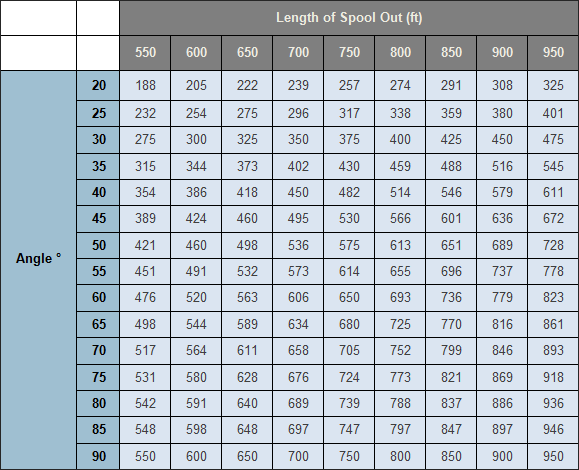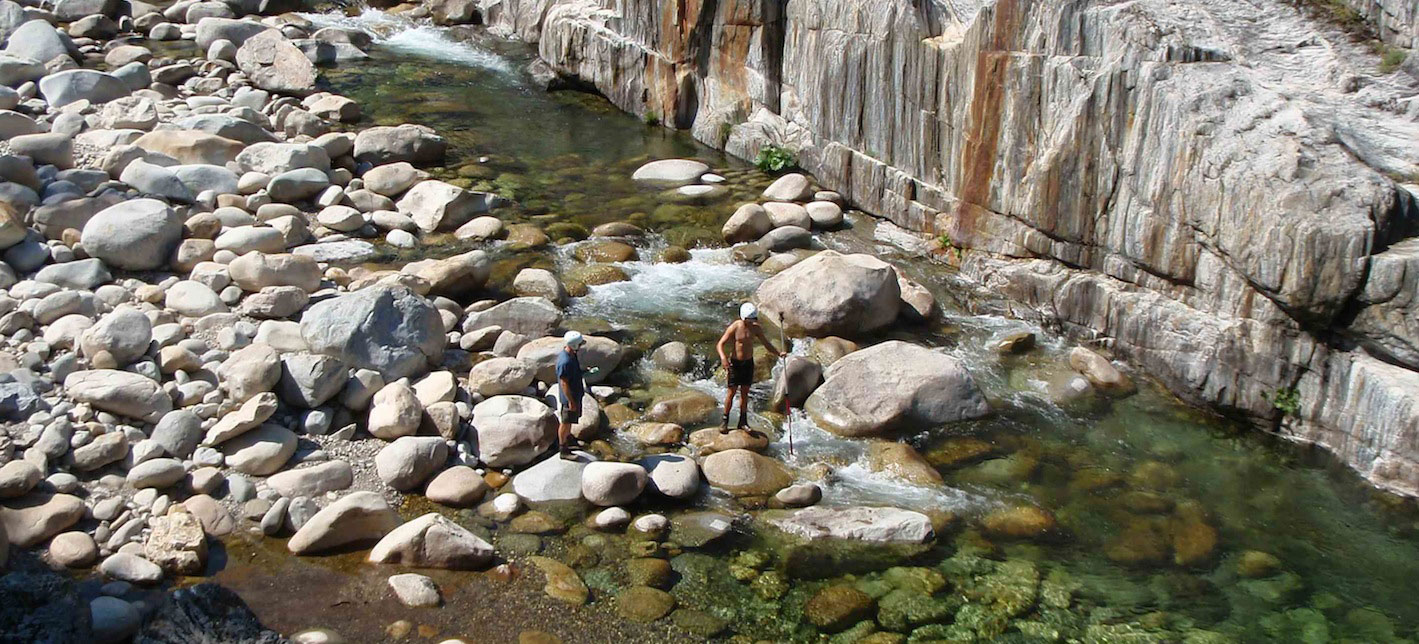Kite Blimp Method
Blimp Deployment - Field Check List
|
Items in white bucket:
|
Kite-Blimp Protocol
Updated: 10-12-2011
Buying Helium
- Airgas in Woodland is the place to get helium. We have 2 tanks. Take an empty one and exchange it there for a new one.
- Sometimes there may be helium shortages, so call ahead to make sure they have it on hand.
Blimp transport
- Before leaving campus, be sure that you have all supplies needed by using the blimp field check list, located in the folder Y:\Projects\Wood\Wood_Documents\Field List. Check that you have all items on the list and you are ready to go.
- Items loaded in the truck bed are the helium tanks, blimp, car battery, wooden tiles, and linoleum tiles.
- First load in the helium tanks and secure them to the truck with the clamp straps. Use one strap around the bottom of the two tanks to secure them together. Use a second strap to secure the two tanks to the truck, using the hook on the truck rack at the truck cab to help hold the strap in place during transport. Use a third strap to secure the tanks to the truck at the neck of the tank safety caps.
- Place the 12 volt battery between the wheel well and the inside helium tank, against the side of the truck bed.
- Now load the blimp and tarp diagonally across the truck bed. Place the wood tiles equally across the tarp then spread the linoleum tiles evenly across the tops of the wood tiles to hold everything in place. The driver should watch for tarp blowing up from the truck bed – and stop to rearrange the tiles as soon as this occurs. With all tiles evenly spread, this should not happen, but you should check the arrangement from time to time.
- All other equipment goes into the truck cab.
Tile and Blimp set-up
- Once at the site, set up tiles and GPS their coordinates before doing anything with the blimp. The more tiles you lay out, the more tiles you will get in a photo closer to the ground and the better the ability to accurately stitch together the photos. Make a crude map of tile numbers and locations so that you can match up pictures and tiles for analysis.
- First, prepare the helium tank using plumbers tape on the connector and tightening the pressure regulator onto the helium tank. Open the tank valve and check for leaks. I found that there was a small leak even with plumbers tape, but not too bad (could be the individual tank).
- Attach the clear plastic hose to the helium tank hose barb. When putting away equipment, be sure this item is on top of the pressure regulator rather than underneath it, to prevent damage to the hose.
- Move the tarp and blimp to the top of the truck cab. Determine the blimp’s direction – the input valve has to be adjacent to the tank so that the plastic hose remains attached to the blimp during the fill procedure. Be sure the two release valves on the opposite side of the blimp are closed before starting to fill the blimp.
- At this point, attach the blimp to the truck with a green clamp strap. Use the white blimp loop located near the junction of the stays for this attachment. It is very important that the blimp is attached to you or to a solid object at all times!
- Now attach the black-taped end of the hose to the blimp, and turn the smallest knob on the pressure regulator to begin filling. If the helium is noisy at the input valve, simply open the small knob some more. The large knob can also be manipulated. I believe it regulates how fast the helium from the tank can flow through the pressure regulator.
- It does not take long to fill the blimp, about 5-10 minutes. There is a string that is attached at the top and bottom of the blimp that assists in navigation. While filling, position this string so that as the blimp tightens, the string on the fill side is positioned close to the input valve and the string on the far side is positioned between the two release valves.
- Toward the end of the fill, it is possible that the pressure inside the blimp will pop the plastic hose off of the input valve, so you may want to hold the valve/hose connection at this point. Note: the whole valve pulled out of the blimp during one deployment as I was pulling the plastic hose off of the valve. The valve is now inserted further into its opening and seems to be doing fine. The position of the valve no longer permits the valve cover to attach to it. This does not seem to be a problem either in flight or in storage.
- The amount of helium used to fill the blimp is ~ 900-1000 psi. An entire helium tank holds ~1800 psi, so you can get 2 fills per tank.
- The blimp is full when the strings are tight and the multiple creases at the seam are smallish. Remember that the goal is not how much helium can we get in the blimp; all we want is enough loft so that the blimp is capable of lifting the camera.
- During the fill time, you should be straightening out the blimp’s stays, positioning the blimp strings, tying the ribbons to the stays (do not make knots!), and generally making sure that the blimp’s mechanics look functional.
- Once the blimp is full, tie the kite string to the blimp feeder string. We’ve attached the string to the blimp with knots, then have duck-taped the entire connection for safety.
- Before moving the blimp, be sure to attach it to your body in some way! The blue clamp strap works well cinched onto the kite winder handle then knotted onto a belt loop.
- Now get the camera ready.
- The settings should be flash on, manual, continuous, and ISO400. Be sure the battery is fully charged and that the memory card is empty. Make sure that the maximum resolution is being used. For a 16 GB card, that should yield ~2400 potential pictures. If the camera says there are 9999 pictures remaining, it tells you the resolution is too low.
- Attach the camera to the blimp once the settings are confirmed.
- The last thing before launching the blimp is to set up the open shutter on the camera. Saving this for the final step will save you a bunch of pictures.
- Use the device sent with the blimp for holding down the shutter. Use two rubber bands to secure it to the camera. Make sure the camera is clicking away as you loft the blimp.
- To empty blimp, open the two release valves and gently assist pushing helium out of the blimp. Blimp needs to be completely empty before wrapping it into the tarp. Detach the short stay as before from its ribbons and fold it along the other stay for ease of transport.
Blimp Flight Guidelines
- FAA regulations only permit a maximum flight height of 500’, but the blimp often goes at an angle, so the spool has up to 1000’ of string.
- How high up you go depends on how wide the channel is and what resolution you are aiming for. ~250’ seems like an ideal balance, but if the channel is too wide, then you might have to go up to the full 500’but the closer to the ground the clearer the pictures.
- The best approach to using the blimp is to go right up to the maximum height of 500’ and do a run along the river at that height. Then drop down to the preferred height and do another run at that height to get the maximum resolution with reasonable coverage.
- Depending upon wind conditions, it may take lots of blimp manipulation (more or less height via the kite string), walking, or boat maneuvering to get the shots needed. Wind plays a big role in how much effort it takes to reel in the blimp.
- If the blimp simply will not go up, then that tells you there is an air inversion taking place. This usually happens when hotter air gets trapped under cooler air, which we have seen several times in canyons. The cooler air prevents the blimp from rising. There is no solution other than to hold off until the next morning or when conditions change.
Use these tables to determine the height at which the blimp is flying. The table assumes that there is no slack in the line. Remember to add the height from the ground to the position of the clinometer.


Notes on blimp/camera
- You will be able to see the flash flashing, so you should be able to tell if the camera is still taking pictures. I’ve tried the ‘no flash’ setting and it uses up the memory card space in less than five minutes – not good.
- Typically I have the blimp lofted for 30-60 minutes per deployment. Just keep looking for the flashes and as long as that is going, then you know you are good.
- The camera takes pictures every 5-20 s, slowing down over time. It helps to count out so you know to steady up when a photo is about to be taken.
- The most tedious part of the deployment is reeling in the blimp. It is also the hardest part if it’s windy.
- Did I mention to always have the blimp tied down? We don’t want to lose it!
- If it is windy, you may want to weigh down the tiles with a rock so they don’t blow off of their GPS location.
- It’s easy to re-deploy the camera again and again once the tiles are in place.
- Recharge the camera battery between deployments!! The one battery will run out of power more quickly than our desire to get more pictures. Plug the battery and recharge unit into the inverter as soon as you have downloaded the pictures and erased them from the memory card.
- Use the time in between deployments to have a good look at the latest pictures. Use knowledge from previous deployments to figure out where you might need to walk/boat to to get pictures of other needed areas.


